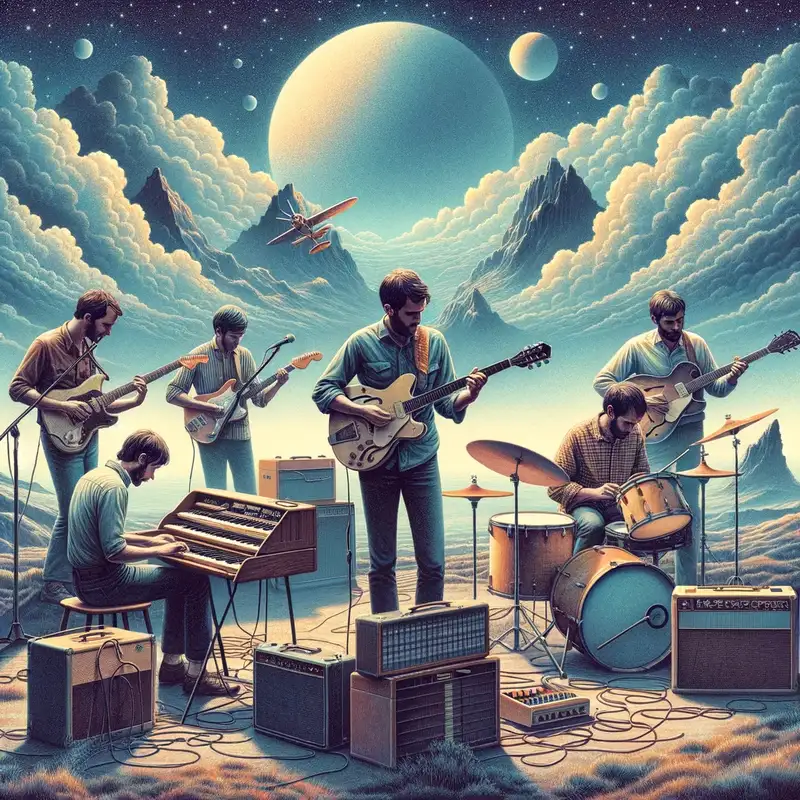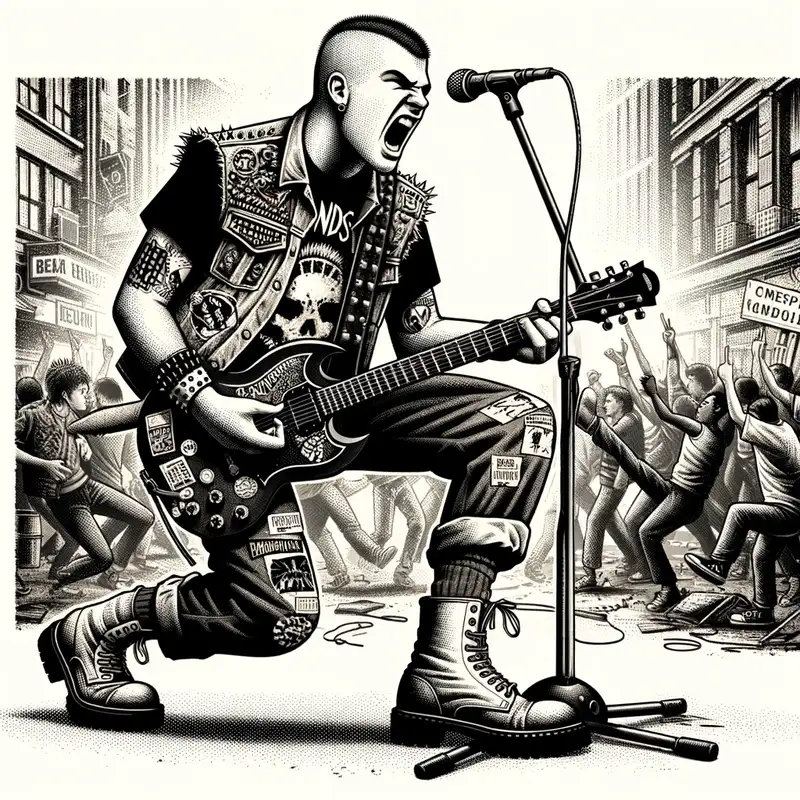Post-Punk

Post-punk is a world where the rebellious spirit of punk meets the introspective, artistic experimentation.
Table of Contents
The Dawn of the Dark
In the wake of punk’s raw explosion in the mid to late 70s, there emerged a more artful, complex sound. Post-punk wasn’t just a reaction to mainstream culture like its predecessor; it was also a reflection upon punk itself.
Key Architects of the Ambience
- Joy Division: These legends were all about atmospheric sounds, haunting basslines, and Ian Curtis’ distinctive voice and evocative lyrics.
- Siouxsie and the Banshees: Their ethereal tunes, combined with Siouxsie’s iconic, icy voice, made them stand out as one of the pillars of post-punk.
- The Cure: Starting with a very post-punk vibe in their early days, they seamlessly fused gothic rock elements into their music.
The Aesthetics and Atmosphere
Post-punk wasn’t just about the music – it was a full-on mood. Visually, it was all about stark contrasts, minimalist designs, and abstract art; black and white photography, sharp angles. Album covers often felt like pieces of a modern art gallery.
The Sound Spectrum
What’s fascinating about post-punk is its versatility. From the danceable beats of Talking Heads and the avant-garde chaos of Public Image Ltd. to the gothic romanticism of Bauhaus. There are the bass-heavy grooves, the jangling guitars, the synthesizers, and that ever-present feeling of being in a dimly lit, underground club.
Post-Punk’s Progeny
The ripple effects of post-punk are still felt today. Genres like goth rock, shoegaze, and indie rock owe a lot to the trailblazing sounds of post-punk bands.
Bands like Interpol, Editors, and The National, while modern in their approach, carry that unmistakable post-punk torch.


